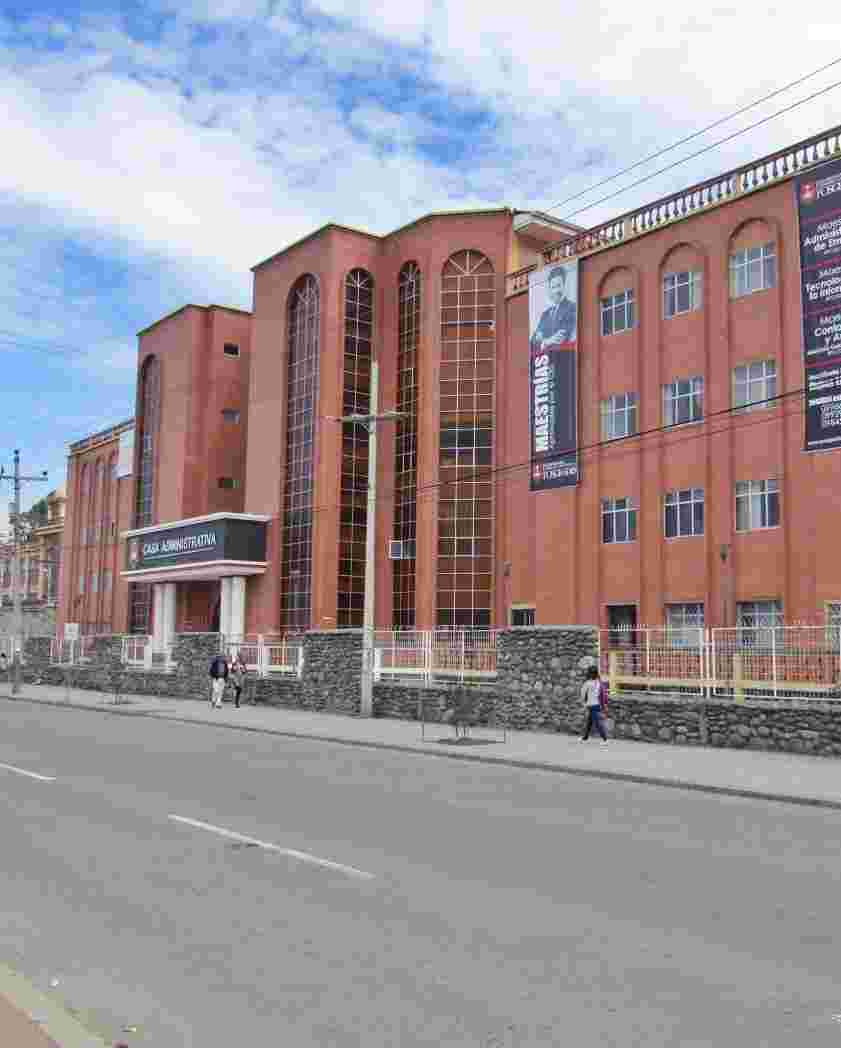Examinando por Autor "Samaniego Juela, Linda Gessell"
Mostrando 1 - 1 de 1
- Resultados por página
- Opciones de ordenación
Ítem Acceso Abierto Eficacia de los programas de cribado para la displasia congénita de cadera en recién nacidos: revisión sistemática.(Universidad Católica de Cuenca., 2025) Contreras Peralta, Joseline Estefanía; Samaniego Juela, Linda Gessell; Capote LLaneres, Miguel Ángel; 1401255896; 0704774025Background: Congenital hip dysplasia is a developmental anomaly of the hip joint that can lead to long-term complications, making newborn screening programs essential for reducing its incidence through various clinical and imaging strategies. Objective: To determine the efficacy of screening programs and tests used in the diagnosis of hip dysplasia in newborns. Methods: This systematic review was conducted following the PRISMA 2020 guidelines, including randomized controlled trials (RCTs) and cohort studies, assigned through a comprehensive search strategy. The quality of each study was assessed using the NIH scale, which helped to ensure clinical decisions. Additionally, the RoB-2 tool was used to quantify bias, enabling more informed decisions regarding the evidence used. Results: A combined approach, integrating universal ultrasound screening with neonatal physical examination, which improves sensitivity without replacing clinical screening, was observed in regions such as Oceania, Asia, and much of Europe. Countries such as Italy, Slovenia, North Macedonia, and Ireland have implemented universal screening, whereas others, including the United States and Egypt, maintain a selective model based on risk factors. Some systems, such as Sweden's, have opted for continuous clinical surveillance up to 12 months of age without routine use of ultrasound, but with positive results in their context. This model may be particularly beneficial in countries with limited resources, as it strikes a balance between diagnostic efficacy and the sustainability of the healthcare system. Keywords: congenital hip dysplasia, ultrasound, screening efficacy




